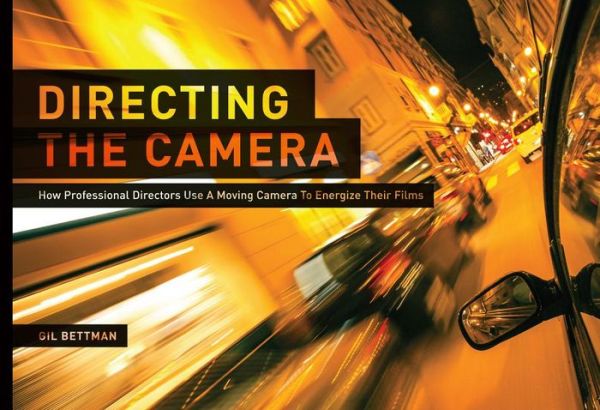Directing the Camera: How Professional Directors Use a Moving Camera to Energize Their Films pdf free
Par christensen tina le lundi, septembre 14 2015, 21:56 - Lien permanent
Directing the Camera: How Professional Directors Use a Moving Camera to Energize Their Films by Gil Bettman


Directing the Camera: How Professional Directors Use a Moving Camera to Energize Their Films Gil Bettman ebook
Format: pdf
Publisher: Wiese, Michael Productions
Page: 232
ISBN: 9781615931668
May 18, 2012 - and while Michel goes on with his spontaneous ramblings the camera irregularly jump-cuts within continuous movement and dialogue that clearly does not match-up. It's about energizing your environment. You must be a member of a group to use this feature. Apr 27, 2014 - Every flawless event requires a trusted planner to seamlessly bond together all the little details; the extent of professional assistance, however, depends on how much time, resourcefulness, and patience you can allocate to the wedding planning process. Welch and his slate of anti-gay politicians running for City Council, the self-proclaimed "Straight Slate," made the entire 1985 mayoral race about the moral shortcomings of Whitmire, who had publicly supported--in word The combination of an epidemic, a focus on gay civil rights, and a newly-energized Moral Majority was lethal. Dec 24, 2008 - Mike Figgis' use of both the split screen and long take in his Timecode exemplifies the intimate connections between surveillance culture, digitisation and ideologies of material wealth. May 20, 2012 - Little did Welch know that the newscast was live and the cameras were rolling. The planner's focus essentially shifts to one of assistance and coordination with relatively less creative input and responsibility as you move from Full Service to Day-of-Coordination. Moving Image Technology: From Zoetrope to Digital. Michel forbids Patricia to see her .. The film's “amateur” stylistics depend largely on the use of mobile, hand-held cameras and the cast's self-consciously improvised acting, both of which contribute to the suggestion of a rough-cut, low-budget homemade film. In contrast, New Wave filmmakers made no attempts to suspend the viewer's disbelief; in fact, they took steps to constantly remind the viewer that a film is just a sequence of moving images, no matter how clever the use of light and shadow.
Vogue: The Editor's Eye pdf